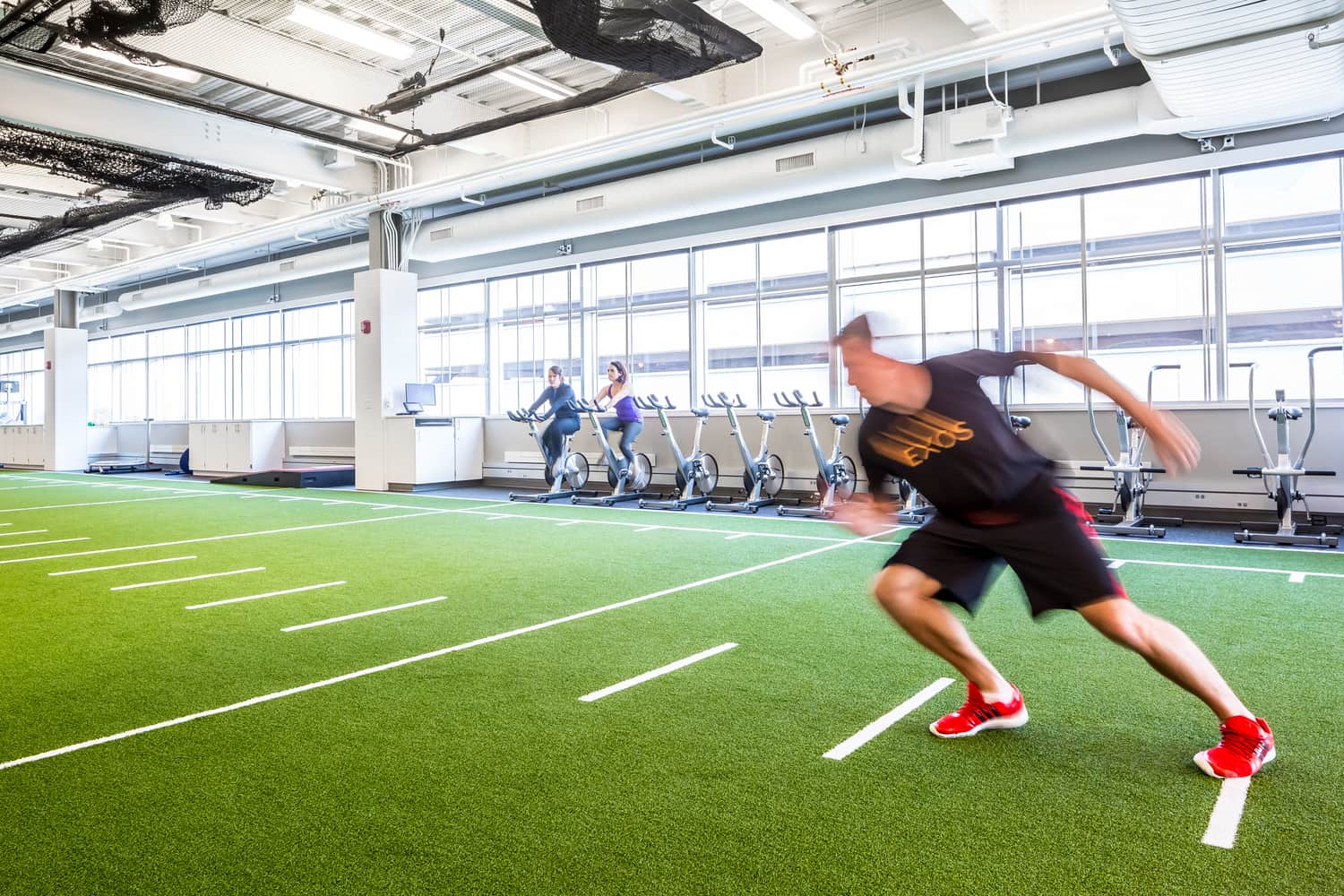A physical therapist is one of the few medical professionals that spends much of their time with each client. That connection can lead to open communication and trust, helping a patient succeed in their recovery.
Arrive at your first session with any records or notes that you have, as well as a list of questions. Having a clear idea of your end-of-treatment goals is important too.
Assessment
When you first meet with your therapist, they will assess your condition by asking questions. Be honest and open to help them understand your pain, symptoms, and limitations so that they can provide the most effective treatment.
They will also use their hands to feel for any areas of tenderness or stiffness and move your joints through different positions to see how your body moves. They may also ask you to rate your level of pain on a scale to help identify any areas that need more attention in the course of your therapy.
Therapists will then conduct objective measurement testing, such as strength and range of motion testing, or functional outcome measurements like the timed up and go test for patients with balance problems (like hemiplegia). The goal is to provide measurable baselines to support a patient’s progress over their course of care. They can then communicate this information in the form of an evaluation and prescribe a plan of care.
Treatment
PTs use hands-on treatments to address your symptoms and impairments. They can apply modalities such as heat and cold, electrical stimulation (e-stim), massage, or light to decrease pain, improve circulation, or stimulate nerve function. They can also use Kinesiology tape (also called K-tape) to help align muscles and reduce pain, or a device like phonophoresis which uses ultrasound to introduce medication into the skin to alleviate pain or reduce inflammation.
The goal is to reduce pain and increase movement. However, it is important to note that physical therapy doesn’t always feel good. Depending on your injury, the treatment can be quite painful. It is very important to listen to your body and not push through the pain as this could worsen your injury.
Many PTs specialize in areas like women’s health, geriatrics, or sports medicine. They can also treat patients with progressive diseases such as Parkinson’s or Alzheimer’s. Other specialty areas include musculoskeletal trauma, neurologic deficits, and wound management.
Education
The education component of physical therapy is an extensive and rigorous process. Those who wish to become physical therapists must obtain a bachelor’s degree and fulfill prerequisite coursework, including biology, physics, social and behavioral sciences, and anatomy and physiology. Most programs also require a competitive GPA, and some may have additional requirements, such as clinical observation or work experience.
Entry-level PT education includes classroom lectures, hands-on labs, and professional practice experiences. During these rotations, students interact with patients under the supervision of licensed therapists to gain experience and learn how to apply their classroom knowledge in a real-world setting.
Students should choose a program that offers opportunities to participate in research, as this may give them a leg up when it comes time to pass the National Physical Therapy Examination (NPTE). They should also think about their career goals and look for a school with a reputation for excellence in their specialty area of focus.
Home Exercises
Home exercise programs (HEPs) are an important component of physical therapy because they allow patients to work on their injuries outside the clinic. They are also individualized to the patient’s injury and can include exercises to reduce pain, improve mobility, or prepare them for their return to work or sport.
Ideally, HEPs are sent to patients with high-resolution photos that clearly demonstrate the proper form for each exercise. This will make it easier for the patient to remember what to do at home and ensure that they are following their therapist’s instructions. Patients should try to perform their PT exercises at times of day that they are most likely to stick with them, like mornings or evenings. In addition, they can incorporate them into their daily activities such as performing squats while waiting for the coffee to brew or neck circles while listening to podcasts. This will help them stick to their program and enhance recovery.








Leave a Reply